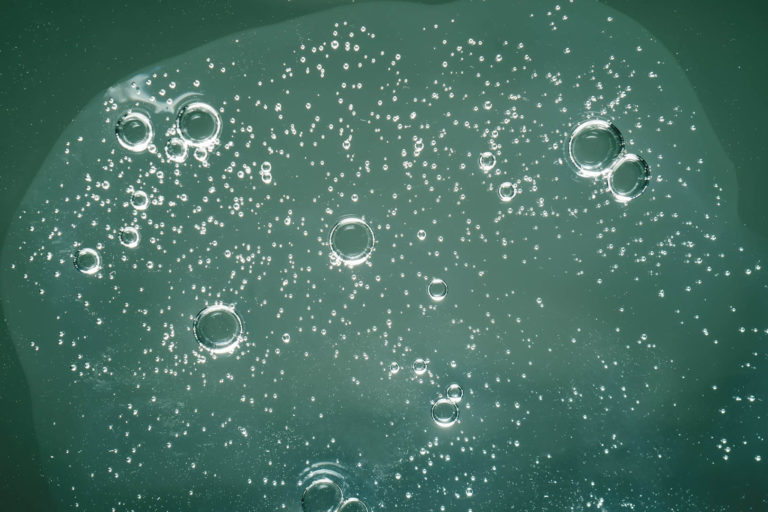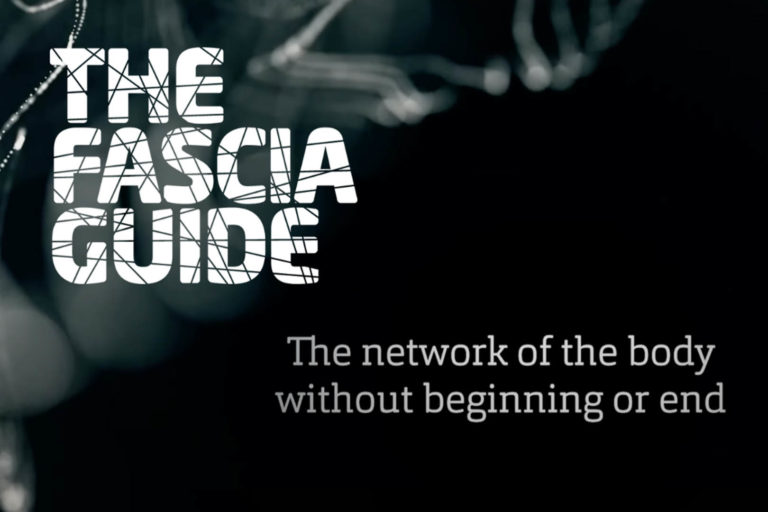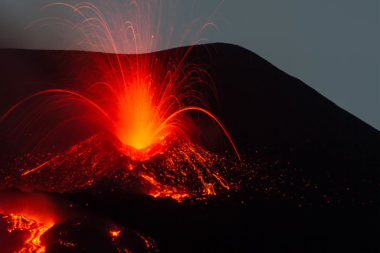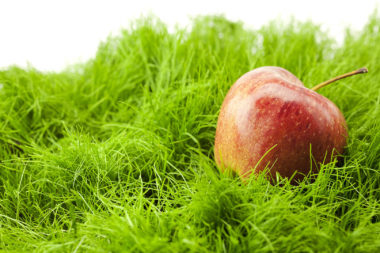
Fascians embryologi
Under embryoutvecklingen hos högre stående djur (från plattmaskar till människor), så är vi alla lika från första början. Embryoutvecklingen till ett speciellt djur med organ, armar, ben, utgår från tre olika så kallade groddskivor (groddblad, groddplattor). Olika organ och delar av kroppen har därmed tre olika ursprung.
De tre groddskivorna är ektoderm, mesoderm och endoderm (se nedan) och det är mesodermet som är ursprunget till all bindväv och fascia, benvävnad, brosk och muskulatur. Alla dessa ingår i rörelseapparaten. Fascian börjar att utvecklas från mesodermet då människoembryot är två till tre veckor gammalt.
Mer primitiva djur har endast en eller två groddskivor och då saknar de mesodermet.
De tre groddskivorna;
- Ektoderm – Det yttersta (ekto) lagret. Bildar det övre hudlagret, epidermis, hår och naglar, nervsystem, ektokrina körtlar (t ex svett- och talgkörtlar), dentin och tandemalj.
- Mesoderm – Det mellersta lagret, ursprunget till fascian. Den här grodden bildar också all typ av muskulatur (skelett-, glatt och hjärtmuskulatur), benvävnad, brosk, läderhud och underhud, cirkulationssystemet, blodceller, lymfsystem, mjälte, tarmkrös, fettvävnad, notokord (ryggsträngen), hjärn- och ryggmärgshinnor, njurar, urinorgan, könsorgan mm.
- Endoderm – Det inre lagret. Bildar epitellager på insidan av hela mag-tarmsystemet, körtlar som lever och bukspottkörtel, respirationssystemet, urinblåsa, sköldkörtel, tymus mm.
Innan fascia och bindväv utvecklas så bildas först ett så kallat mesenkym. Det är en embryonal bindväv, ett första stadium innan den blir färdigutvecklad. Mesenkymet består av av stjärnformade celler med långa utskott, med vilka de kommunicerar med varandra. Den extracellulära matrisen mellan dessa celler, är mer lättflytande med tunna kollagenfibrer av typ III. Den här extracellulära matrisen innehåller mycket hyaluronsyra och vatten.
Vissa forskare framför att viss fascia även kan utvecklas från ektodermet (van der Wal, 2009), delar som finns i kraniet. Senare forskning har också hittat en fascialänk mellan fascians kollagenfibrer i nackens muskulatur och dura mater (den yttre hårda hjärnhinnan). Den här länken kallas “myodural brygga” och har nu hittats hos ett flertal däggdjur (människa, häst, kanin, delfin) samt hos höns och reptiler (Hack et al, 1995), (Scali et al, 2011, 2013, 2015), (Zheng et al, 2014, 2018), (Elbrønd & Schultz, 2019), (Zheng et al, 2017), (Dou et al, 2019), (Zhang et al, 2016). Mer om denna brygga i en senare artikel..





